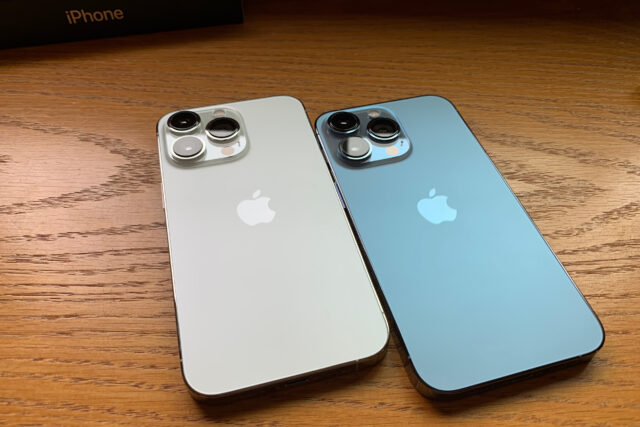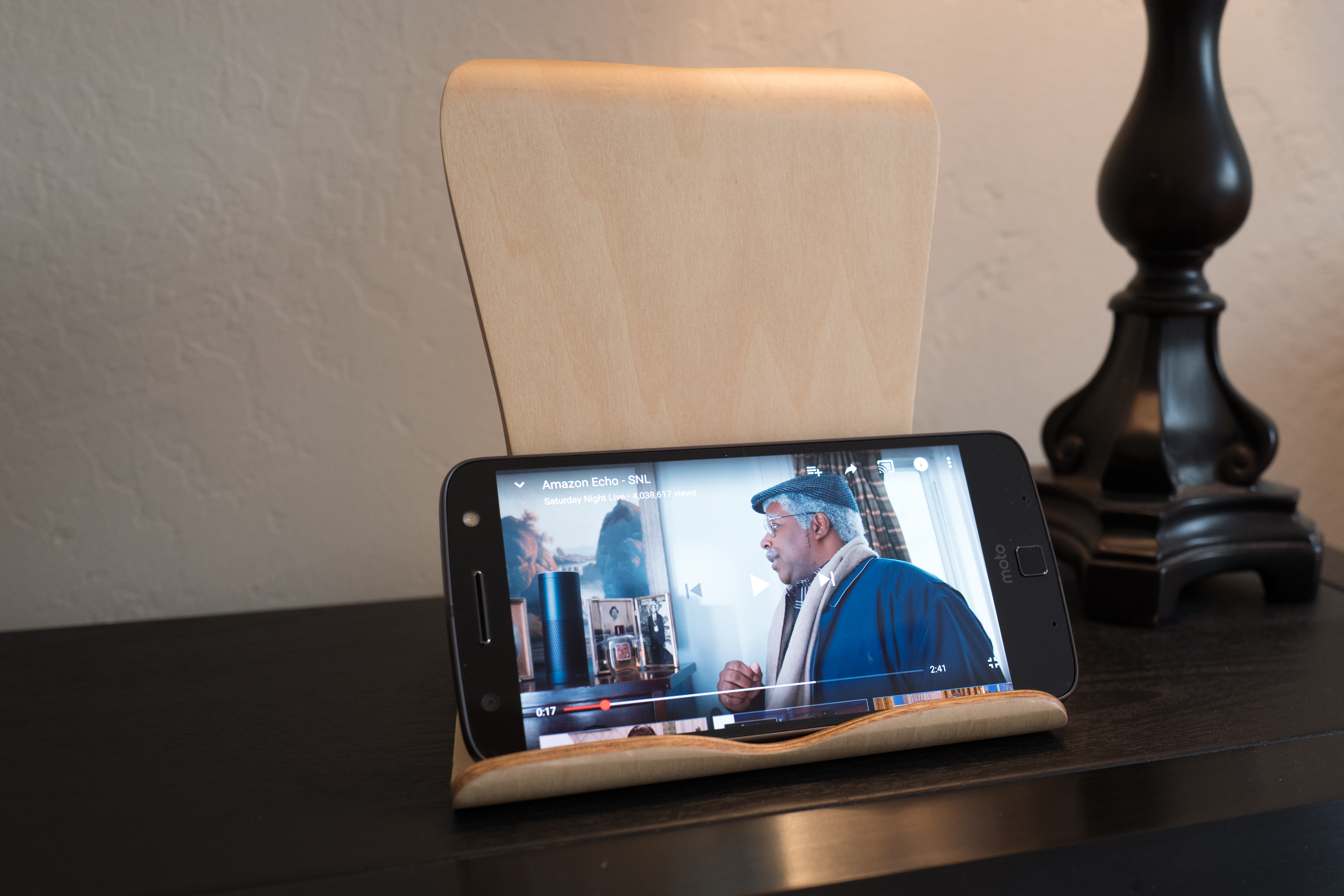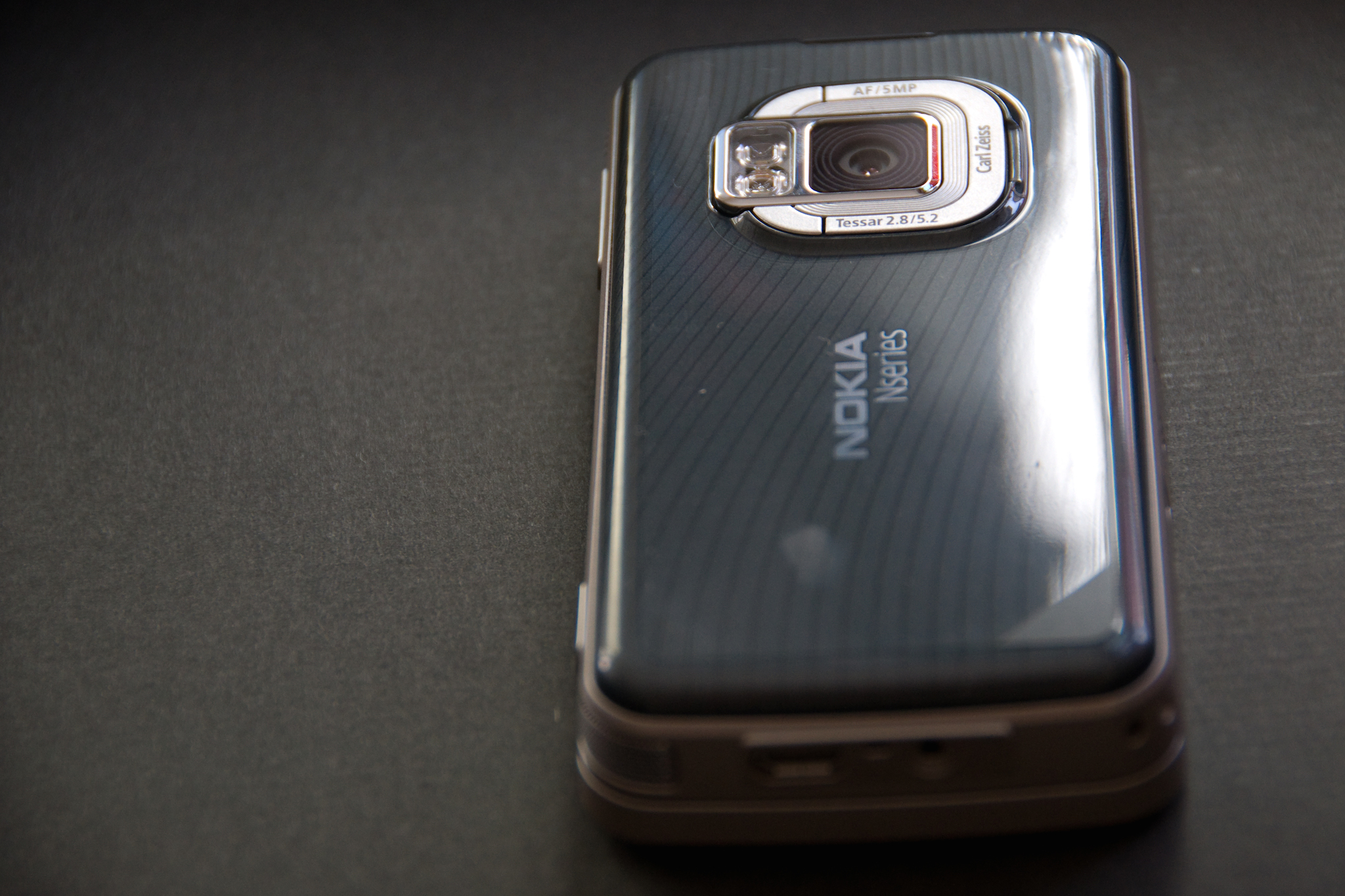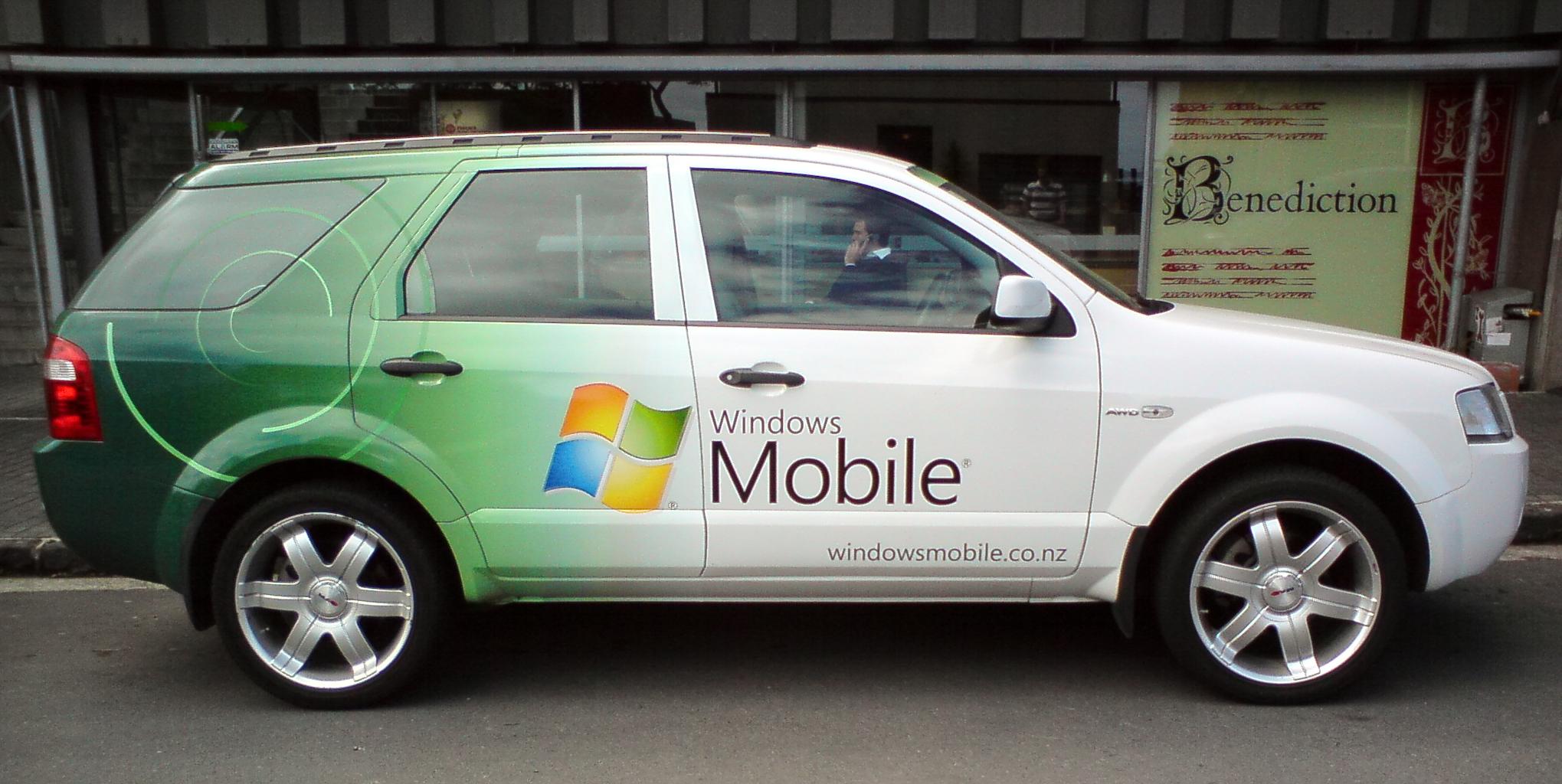Not so long ago, I swapped smartphones every few months. Various models and underlying platforms from different manufacturers demanded testing and review. But the pace of innovation has slowed, the overall market reached the “good enough” threshold, and I don’t write about tech on a daily basis. Hence, my wife and I have each carried iPhone XS since June 2019. That is until today, when we migrated to the 13 Pro.
The Featured Image is, appropriately, the last photo I will ever shoot with the XS. The 1TB Silver on the left is mine; the 512GB Sierra Blue on the right is Annie’s. Vitals: f/1.8, ISO 25, 1/122 sec, 26mm; 1:02 p.m. PDT.






